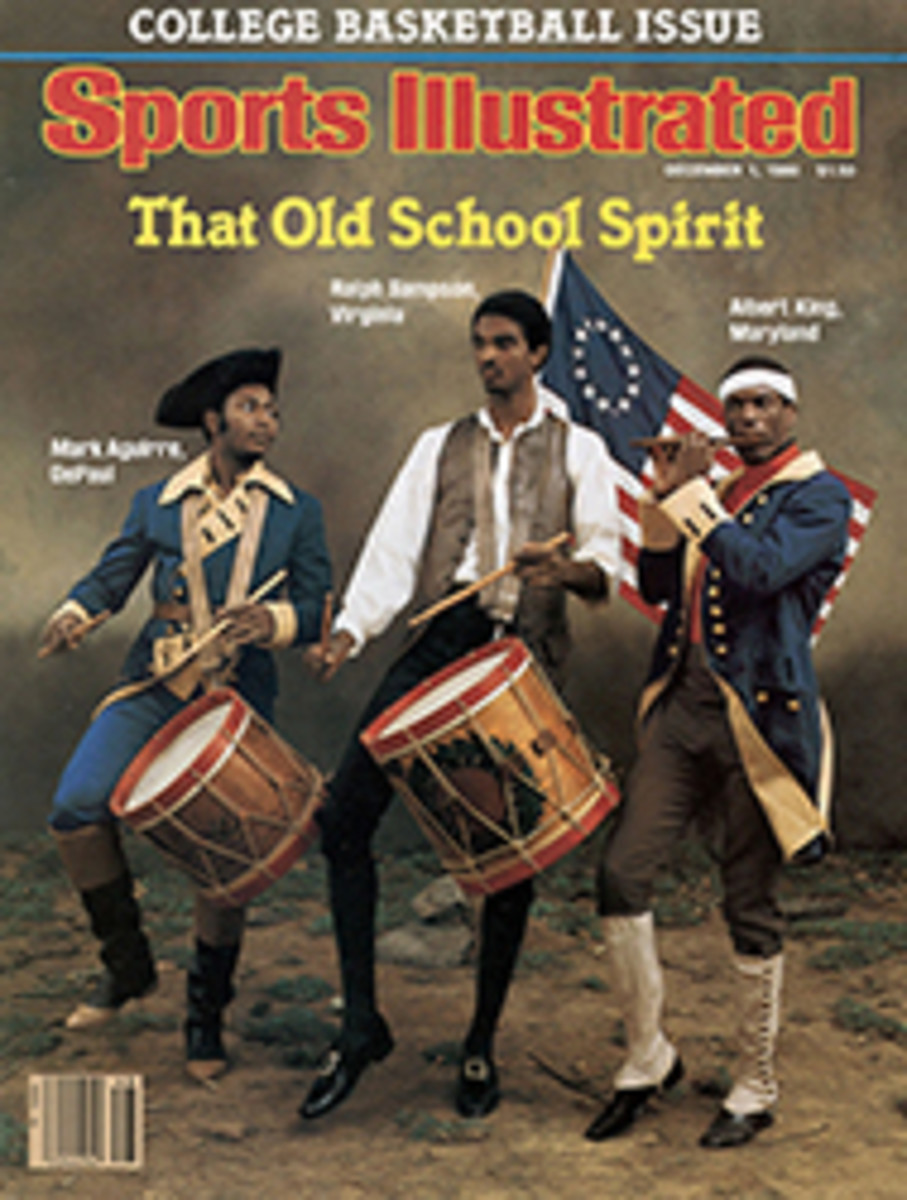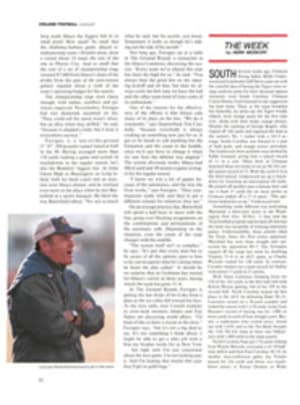
TWO BRITONS TARNISH THEIR BRIGHT IDEA WITH A LACKLUSTER TREATMENT
Wander into the accessories department of a conservative men's shop, especially at this time of year, and what you're almost certain to see is a lavish display of assorted paraphernalia—trays, shaving mugs, mirrors and china, all of it decorated, in one fashion or another, with reproductions of British sporting art. Grouse, setters, gun bearers, partridge, trout: these are part of the apparatus of the good life in tweedy America.
Now, for those so inclined, there is a coffee-table book to match the mugs and mirrors. It's called Game & the English Landscape (Viking, $40); its authors are Anthony Vandervell and Charles Coles, chairman and director, respectively, of the British Game Conservancy. It could have been a much better book than it is; at the price, it should have been.
Its purpose, as summarized in the subtitle, is to show "The Influence of the Chase on Sporting Art & Scenery." The basic idea is interesting: that without the traditional British passion for rural sports, the British landscape would have developed in a far less beguiling pattern and much of the country's attractive art that depicted it would never have been painted.
It's the coverts and the hedgerows planted to aid hunters, for example, that have contributed so much to Britain's "intimate mosaic of fields and woods." The deer parks laid out centuries ago had a similar effect; Francis Bacon aptly described them in 1614 as "These green spots of the King...excellent ornament to the beauty of the realm."
There is no doubt that the mixture of sport and agriculture in the British countryside has had beneficial esthetic consequences, both for the countryside itself and for those artists—among them Thomas Gainsborough, George Stubbs, Sir Alfred Munnings—who have painted it. While little of the art by less talented hands rises above the level of Currier and Ives—or the level of men's-store accessories—the best of it is very good indeed.
It is not, however, shown off to especially good advantage in this book. The color illustrations are excellent, but there are only 48 of them; in the 116 black-and-whites, the contrast is often poor and many are so small as to be mere blurs. The text begins promisingly, but soon starts wandering uncertainly from subject to subject. At $40 the book is a ripoff; but those who will be ripped can surely afford it.

